
6 minute read
Inspection: Dr Günther Inspections
High precision camera inspection from Germany
� (L–R) Dr. Friedrich Günther, Tilo Günther and Linda Günther – the executive team of Dr. Günther Inspections.
Rising energy costs force higher precision in inspection technology, to increase the pack-to-melt ratio while avoiding risks in the quality standard. Mark Ziegler outlines how Dr Günther is focused on maximum precision as well as recent developments within the company.
‘Standing still is going backwards’ has been Friedrich Günther’s motto since he started as an entrepreneur in a small office in Zwickau, Saxony. Dr Günther’s main target is to preserve the company’s strengths, ensuring it is a leader in high-precision inspection, combined with outstanding customer proximity and a quick-response technical support. The strong growth of the company is based on a personal corporate culture with focus on the people. Linda Günther, the youngest member in the leadership team, said: “The customers feel the short internal communication channels and the good team spirit of the company.”
Global approach
The company had a global approach from the beginning. The first inspection machines were installed in Poland and Germany, and many other countries quickly followed suit. For the first year, the focus was on container glass before the portfolio expanded to tableware in 2010. In addition, customer-specific solutions have been designed for kitchenware and other speciality segments. Dr Friedrich Günther said the company was proud to more than 700 machines in glass plants

� Possible machine layout.
all over the world in production.
Camera sidewall inspection (CSWI)
The container glass segment has different challenges, ranging from wide-mouth jars to NNPB bottles and pharmaceuticals to high-class fl acons. The technology is based on high-precision camera modules, structured in different machines types. The CSWI is a combined camera side wall machine with up to 18 cameras. Dr Günther’s sidewall machines use one light source per camera position, giving much higher precision.
For many container types, the 360° thread inspection is important. Here, the inspection of the complete mouth area is possible, including automatic seam masking. In the thread area, defect detections like unfi lled, broken, deformation or inclusions on or between the thread turn are found.
Recognition of the low contrast defects or logo and engraving is essential in many cases today. Tilo Günther is proud of the complete solution package offered for this sector. “Smart lighting is a key component. For this reason, specifi c R&D investments have been made by the team. A special image processing module in the software makes even the smallest cosmetic defects visible. Checking washboards and folds of fl acons is just as easy as checking for symmetry of the overall shape and the inner bottom contour.”
According to Tilo, with one of the company’s self-built light sources, it is possible to inspect the article shoulder from above. “Shape deviations in the shoulder of cream jars, for example, are very hard to detect by standard camera inspections. With our custom-made solution, we have a precise detection for these defect types. The consistently good feedback shows us the high level of functionality in practice.”
Bottom mouth fi nish (BMF)
The BMF is dedicated to bottom and mouth rim inspection including a mould number reader. The full version includes fi ve inspections stations for bottom, bottom stress, mould number and twice mouth rim. Image recording is with industrial CCD cameras; one to fi ve cameras are used according to customer requirements. High light output, low energy consumption, long lifetime and best optical conditions due to LED fl ash illumination are standard.
For example, in the pharma segment, the inner bore measurement for containers is among the important requirements, as the fi lling nozzle always has to fi t precisely into the bottle. Günther R&D experts have developed an accurate camera system that replaces existing mechanical bore gauge systems in the star wheel machine.
Among the most critical defects in glass container production are overpress and wire edge, particularly for narrow neck press and blow (NNPB) producers. An overpress is located on the inner rim of the sealing surface, like a fi n of glass extending above the sealing surface. Wire edge is also a fi n of glass but it is located under the inner ring of the sealing surface.
The reasons for both defects lie in a toohigh gob weight or in problems related to the plunger movement. Both defect types can easily be detected by the BMF. Dr Friedrich Günther is proud to have been among the fi rst to offer a technology solution for these critical defects in highspeed NNPB productions.
Planity inspection (PLA)
Specifi cally for jars, a two-camera-based planity and mouth rim inspection can detect even the smallest deviations. Axis deviations from an uneven conveyor belt are automatically compensated. The two cameras survey the mouth rim. Deviations (+/- 20 microns) can be found and as a result, dip or saddle deviations or breakouts are detected. Any containers with a critical tightness defect are eliminated by these two camera solutions.
As the stand-alone PLA machine can easily reach inspection speeds of up to 600bpm, a fl exible integration into the cold end layout is essential, points out Tilo Günther, who is responsible for R&D at the company. The machine’s footprint is just 550mm x 650mm and it can be installed on existing conveyor belts with ease.
Tableware
The BMSI tableware inspection machine comprises sidewall inspection, mouth rim, ovality, stem and base plate inspection. It is all-in-one machine with up to 15 cameras, covering all inspection demands of the tableware manufacturers. For example, tumblers, tumblers with handle, stemware and plates made of coloured and clear glass - independent of the rotation position of the objects to be inspected. An exact measurement with telecentric lenses in a 360° inspection area is guaranteed.
Speciality glass
In addition to the container and tableware segments, solutions for kitchenware and speciality glass have been designed. The large R&D team with in-house software development is able to create customerspecifi c solutions, such as an inspection solution for kitchenware or for the glass doors of washing machines.
Outlook
Understandably, the last two years have been challenging for the young members of the executive team. Despite the current obstacles, all projects have been completed on time and within budget. “What motivates us and gives us self-confi dence is the continuous, positive customer feedback,” said Tilo Günther. “With the combination of our agile service and our high-precision inspection approach, we have created good conditions for further growth on a global scale.”
Founded in 1995 by Dr Friedrich Günther, the company of the same name supplies high-precision camera inspection solutions for container glass, cosmetics, tableware and speciality glass
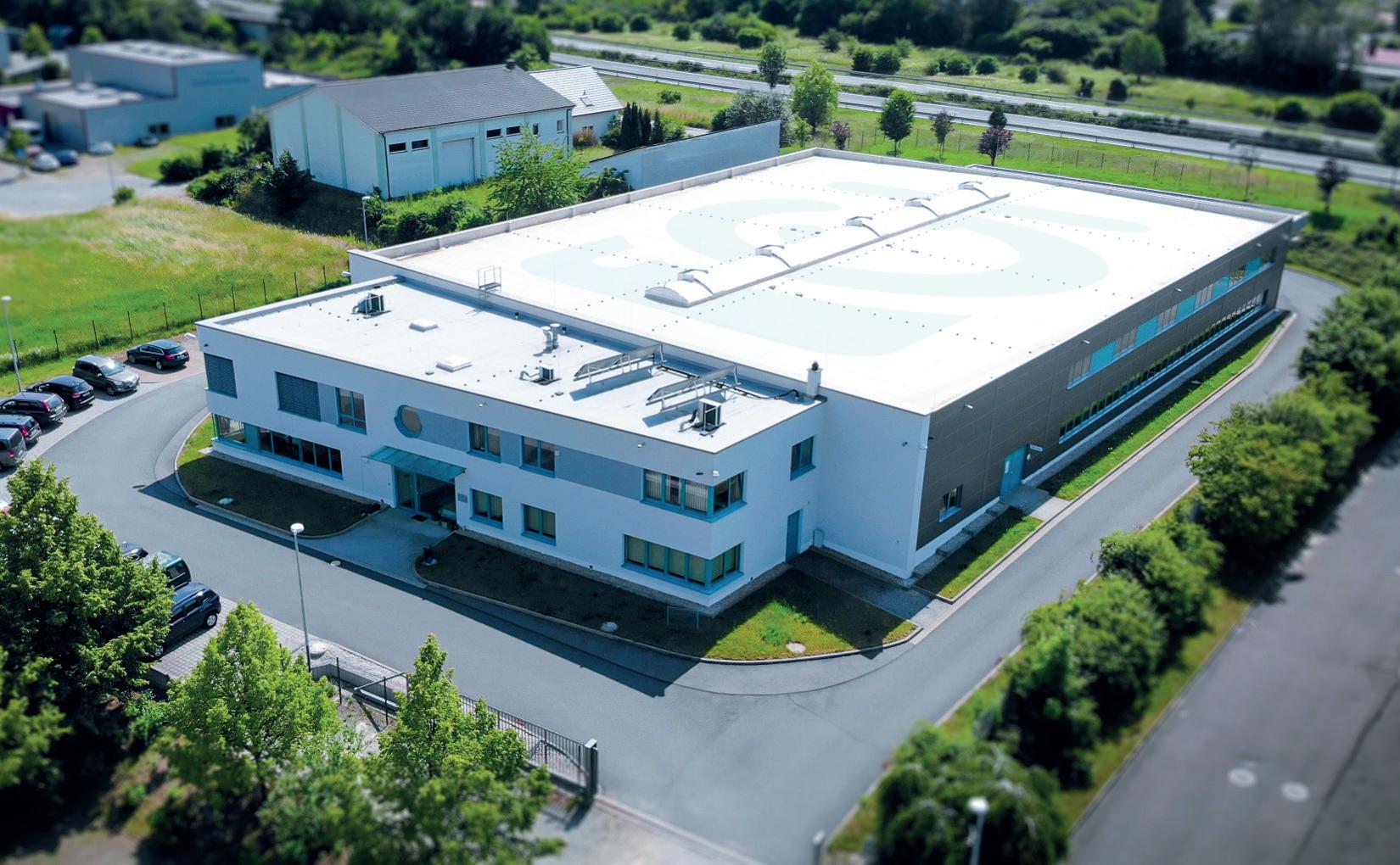
� The company building in Meerane near Leipzig.
segments. In the spring of 2020, Linda and Tilo Günther became shareholders and executive partners of the family business, forming the leadership team with their father Friedrich. � *Dr Günther Inspections, Meerane, Germany tel: +49 3764 7791870 email: info@optical-inspections.com web: www.optical-inspections.com

We are the only one...
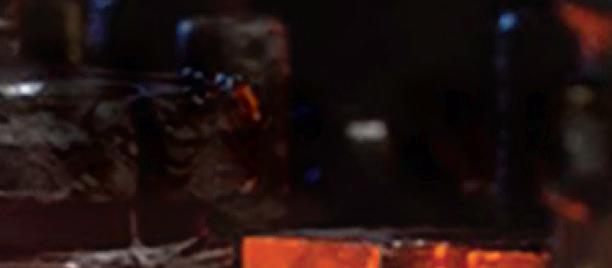

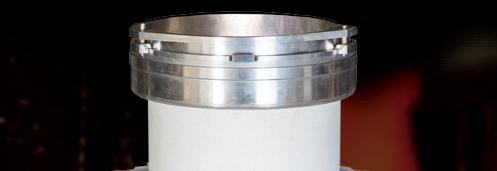




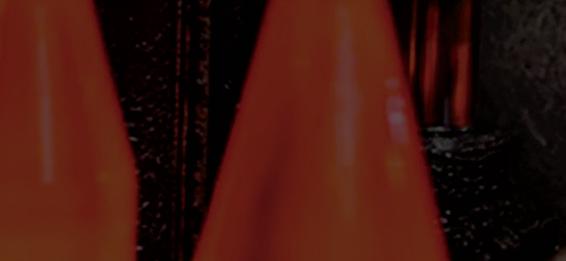
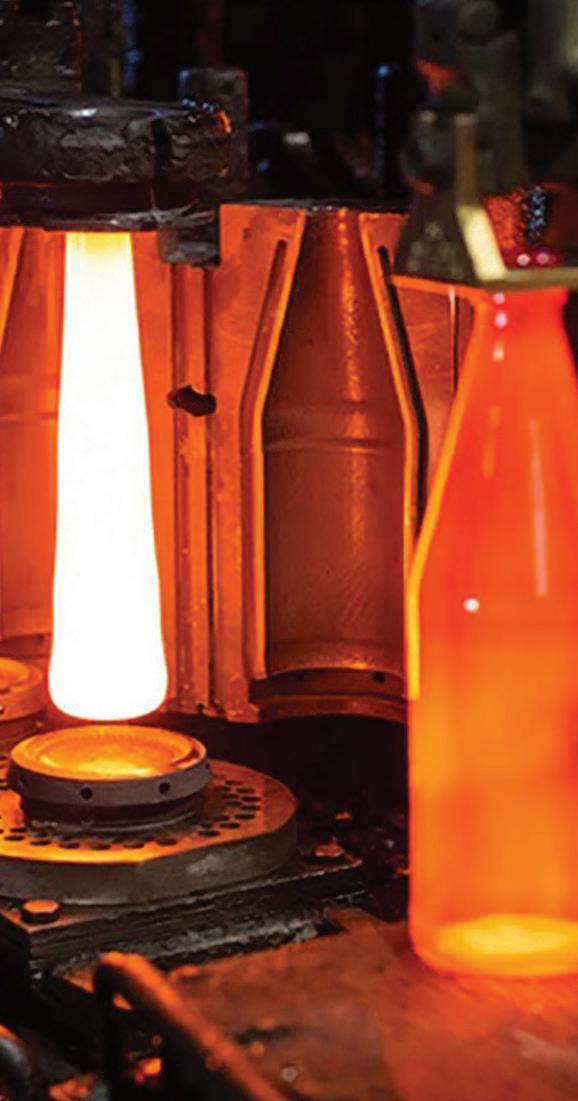
Hot end Refractories
patented rotor tubes


spouts
Metering Spout System
Gob-forming precast shapes Orifice ring long run
represented by:












